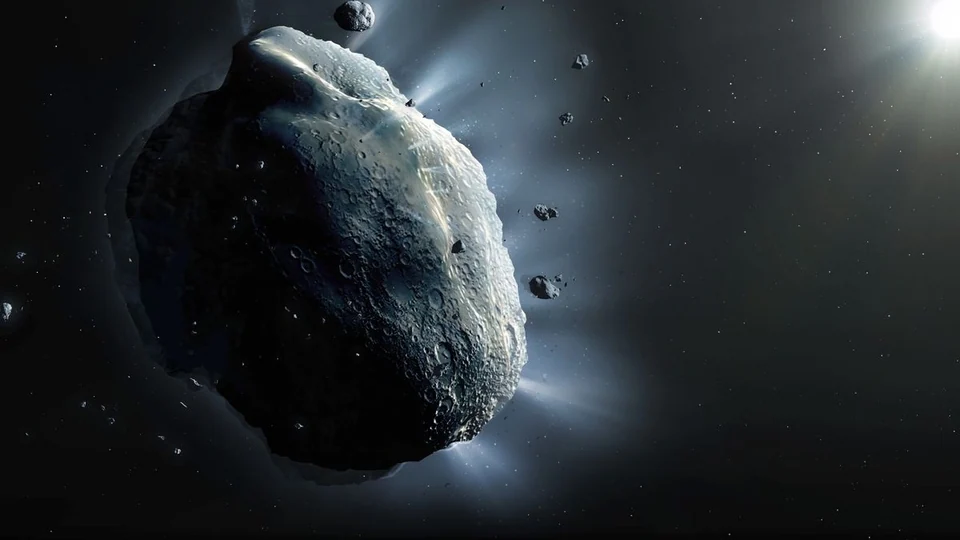The James Webb Space Telescope (JWST) has made an unexpected discovery while taking calibration images of an asteroid in the belt between Mars and Jupiter.

It has accidentally detected a potentially dangerous asteroid, measuring between 100-200 meters across, making it one of the smallest known objects in the Main Belt. This article will discuss the discovery, the implications of this finding, and the role of JWST in detecting potentially hazardous objects in the solar system.
Table of Contents
Discovery of the Hidden Asteroid
During its calibration observations, JWST stumbled upon a previously unknown and exceptionally small asteroid in the asteroid belt between Mars and Jupiter. This serendipitous discovery occurred while the telescope was calibrating its Mid-Infrared Instrument (MIRI) by capturing images of another asteroid. Located between 300 and 375 million kilometers away from Earth, the newly discovered asteroid is believed to be one of the smallest objects ever found in the Main Belt.

Potential Danger of the Newly Discovered Asteroid
Although the discovery of such a small asteroid may not seem alarming at first, its potential impact on Earth cannot be underestimated. An asteroid of this size, if it were to collide with Earth, could cause significant damage and devastation. By detecting and monitoring these smaller asteroids, scientists can better assess potential threats to our planet and work on formulating strategies to mitigate their impact.
JWST’s Role in Identifying Potentially Hazardous Asteroids
The accidental discovery of this asteroid demonstrates the capabilities of JWST, particularly the potential for detecting unknown objects in the asteroid belt. The telescope’s ability to detect such small objects suggests that it could play a crucial role in identifying and cataloging potentially hazardous asteroids in the future. As the JWST continues to improve its calibration and operational capabilities, it is expected to contribute significantly to our understanding of the size-frequency distribution of objects in the belt.
Implications for Future Research and Observations
The discovery of this small asteroid not only highlights the potential threats from space but also provides valuable insights into the formation and composition of the solar system. By studying the newfound asteroid’s properties, scientists can better understand the creation of Earth and the solar system. Furthermore, the discovery emphasizes the importance of continuous monitoring and observation of celestial objects, as even small-sized asteroids can pose a significant threat to Earth.
Conclusion
The unexpected discovery of a potentially dangerous asteroid hidden between Mars and Jupiter has shed light on the ability of the JWST to detect and monitor small celestial objects. This finding has important implications for assessing potential threats to Earth and for understanding the formation of the solar system. The JWST is poised to play a significant role in the identification and study of potentially hazardous asteroids, contributing to our understanding of the solar system and the protection of our planet.
Reference(s):

